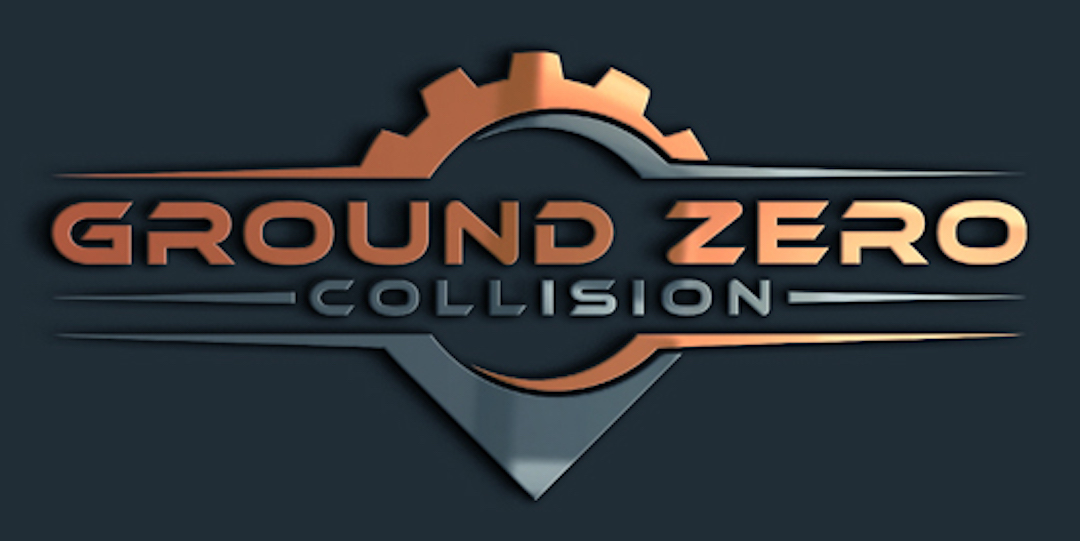When your car gets damaged, you face a big choice. Should you fix the parts or replace them? This choice affects your car’s performance, safety, and your budget. Often, the cost of repair is more about labor than parts.
Following the original equipment manufacturer’s (OEM) procedures is key. It ensures the job is done correctly.
Think about the damage’s severity and where it is. Also, consider the part’s age and condition. And don’t forget about safety. Making these considerations helps you decide wisely.
It’s also important to know the repair costs, what insurance covers, and how it affects your car’s value. This knowledge helps avoid expensive repairs and saves 10-20% on costs over time. Regular maintenance is crucial to keep your car running smoothly.
Assessing Your Damaged Car Parts
When checking your car’s damage, look at the part’s age, condition, and safety. Also, think about what the maker says. This helps decide if you should fix or replace parts. Look for dents or scratches, and listen for odd sounds or feel vibrations.
Tools can find problems you can’t see. OEM parts are good for replacing, keeping your car’s value up. Here are important things to think about:
- Cost of repair versus replacement: If fixing costs more than 70% of a new part, it’s almost always better to replace it.
- Safety considerations: If a part affects safety, replace it, as car makers and experts advise.
- Long-term costs: Think about the cost of fixing the same problem over and over. It can be $500 to $700 every few months for cars worth about $7,000.
By thinking about these points and using tools, you can choose the best fix for your car. Also, remember the environmental effect of fixing versus replacing parts. Fixing can cut waste by 15-25%.
Repairing or Replacing Damaged Car Parts: Making the Right Choice
Repairing or replacing damaged car parts involves several factors. These include the cost of repairs and the environmental impact. A detailed cost analysis can help you decide what’s best for your wallet. For example, fixing a car fender can save up to 50% compared to replacing it, depending on the damage.
Here are some key points to consider when making your decision:
- Repair costs: The average cost of a fender replacement can range from $700 to $1,500, including parts and labor.
- Vehicle value: Studies indicate that vehicles with original parts maintain up to 20% higher resale value compared to those with aftermarket parts.
Also, think about the environmental impact of your choice. Repairing parts can help reduce waste and energy use. Nearly 70% of vehicle owners find repairing minor damage to be more cost-effective for vehicles over 10 years old.
The decision to repair or replace damaged car parts depends on your situation and priorities. By considering repair costs, environmental impact, and vehicle value, you can make a choice that fits your needs and budget.
Conclusion: Making Informed Decisions for Your Vehicle’s Maintenance
Deciding whether to repair or replace damaged car parts is key. You need to look at the damage’s severity, safety risks, costs, and how it affects your car’s value and the environment. Talking to a professional auto body repair technician can offer valuable advice.
Using OEM parts and following OEM procedures ensures your car is fixed right. This keeps it running well, safe, and maintains its value. Regular maintenance also helps your car’s parts last longer, avoiding big repairs. This way, you get the most out of your vehicle while being mindful of your budget and the planet.
Resources:
https://www.forthepeople.com/blog/vehicle-damage-repairs-and-maintenance-what-you-need-know/ – Vehicle Damage, Repairs, and Maintenance: What You Need to Know
- https://www.harborbrakes.com/repairs/when-to-replace-vs-repair-your-cars-suspension/ – When to Replace vs. Repair Your Car’s Suspension

